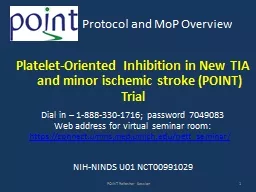PPT-Skills Refresher for ASBO International’s
Author : myesha-ticknor | Published Date : 2018-09-18
SFO Certification Exam Copyright 2012 ASBO International Disclaimer ASBO Internationals certification program is governed by the Certification Commission a semiindependent
Presentation Embed Code
Download Presentation
Download Presentation The PPT/PDF document "Skills Refresher for ASBO International..." is the property of its rightful owner. Permission is granted to download and print the materials on this website for personal, non-commercial use only, and to display it on your personal computer provided you do not modify the materials and that you retain all copyright notices contained in the materials. By downloading content from our website, you accept the terms of this agreement.
Skills Refresher for ASBO International’s: Transcript
Download Rules Of Document
"Skills Refresher for ASBO International’s"The content belongs to its owner. You may download and print it for personal use, without modification, and keep all copyright notices. By downloading, you agree to these terms.
Related Documents

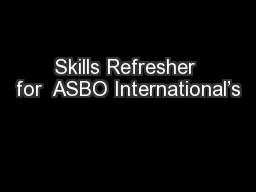


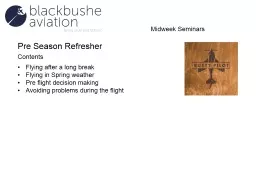

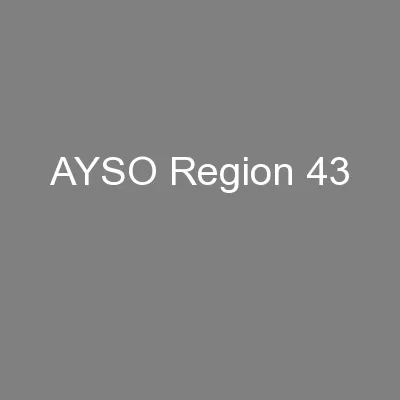


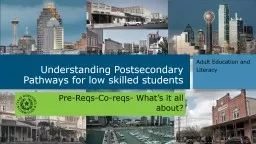
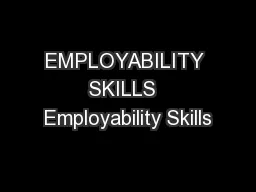
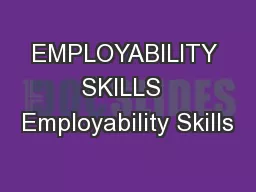
![[EBOOK] - Math Refresher for Adults: The Perfect Solution (Mastering Essential Math Skills)](https://thumbs.docslides.com/901701/ebook-math-refresher-for-adults-the-perfect-solution-mastering-essential-math-skills.jpg)
